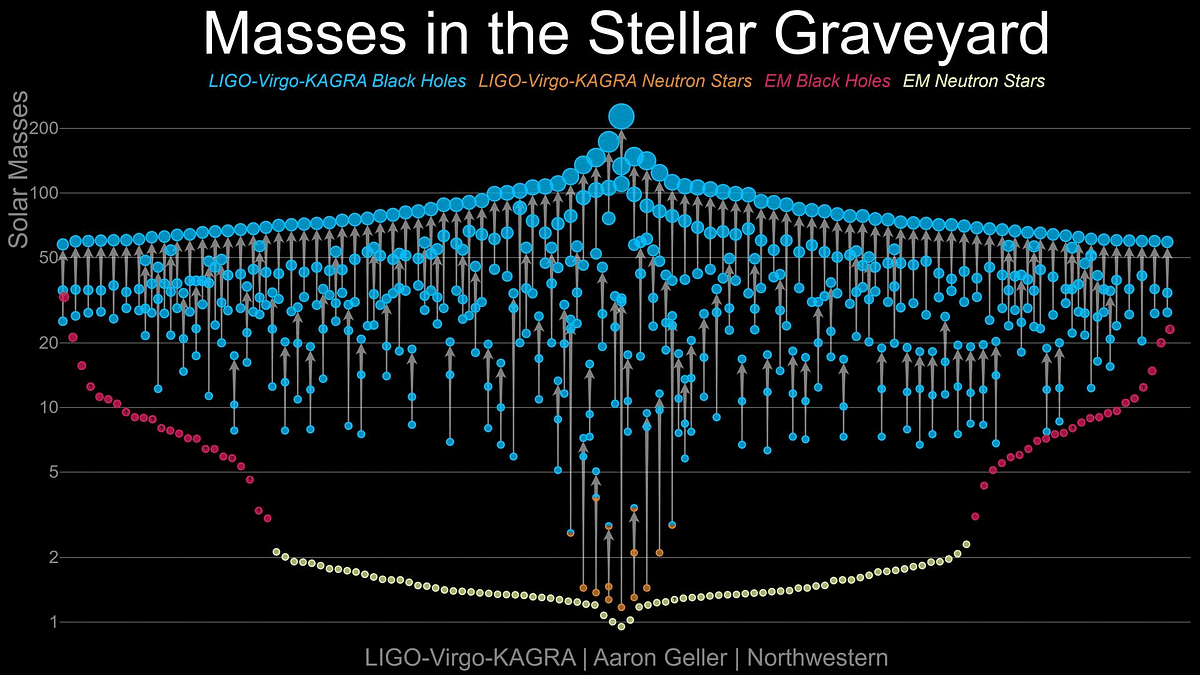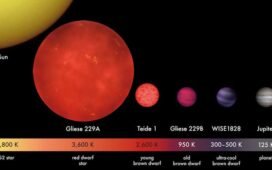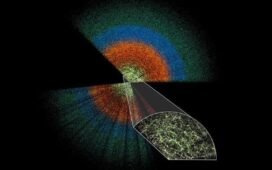10 years ago, LIGO saw its first gravitational wave. After 218 detections, our view of black holes has changed forever. Can this era endure?
It’s amazing how far we’ve come, scientifically, in the span of only ten years. Back in 2015, humanity didn’t know whether a core prediction of Einstein’s General Relativity — the existence of energy-carrying gravitational waves — was true or not. We had theoretical predictions that these waves should be generated whenever a massive object moved and accelerated through a changing gravitational field, and we had observed orbital decay of binary systems (like binary pulsars) that were consistent with those predictions, but the ripples in spacetime themselves, or gravitational waves, had never been directly detected. For 100 years, this great prediction of physics remained unconfirmed.
Then, on September 14, 2015, all of that changed. The twin LIGO (Laser Interferometer Gravitational-wave Observatory) detectors both saw small, periodic changes in the length of their four-kilometer-long laser arms, which heralded the arrival of gravitational waves from two black holes that had recently inspiraled and merged from across the Universe. With that one event, the era of…















